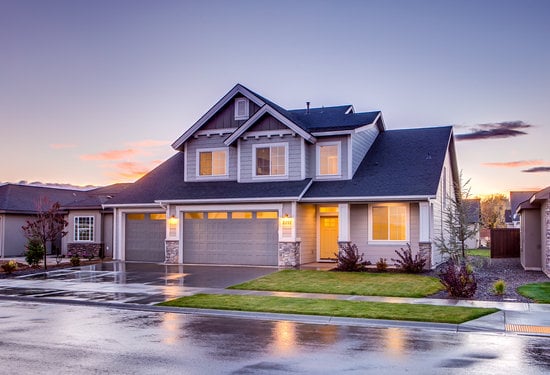Introduction to Home Networks
In today’s world, internet connectivity is an essential part of our daily lives. With the rise of internet-connected devices, home networks have become increasingly popular. A home network is simply a group of two or more devices connected to the internet in a single location. These devices may include laptops, smartphones, tablets, and smart home appliances. A home network enables seamless communication and sharing of resources between devices. There are two main types of home networks: wired and wireless. In this article, we will focus on wireless networks, which have become the most popular choice for modern homes.Advantages of a Wireless Home Network
Wireless home networks, also known as Wi-Fi networks, are becoming increasingly popular as they provide users with numerous advantages. Firstly, they enable users to connect to the internet from any device within their home without the need for cables. This makes it easier to move around the house and use multiple devices at the same time. Secondly, wireless networks are much easier to set up compared to wired networks. With a wireless network, there is no need for drilling holes or laying cables. Furthermore, wireless networks offer better flexibility in terms of device placement, as there is no need to be constrained by cable length or location. Another advantage of wireless networks is that they are cost-effective. With a wired network, additional hardware such as Ethernet switches and cables may be required, which can add to the overall cost. In contrast, setting up a wireless network only requires a few basic items such as a wireless router, which is affordable and widely available. Finally, Wi-Fi networks are more convenient as they allow users to access the internet without needing to be in the same room as the modem.Understanding Wi-Fi Technology
Wi-Fi, or Wireless Fidelity, refers to the wireless technology used to connect devices to the internet. Wi-Fi uses radio waves to transmit data wirelessly between devices. Wi-Fi networks operate on specific frequencies that are regulated by the Federal Communications Commission (FCC). Wi-Fi networks can operate at several different speeds, known as protocols, with the most common being 802.11g, 802.11n, and the latest standard, 802.11ac. The latest standard, 802.11ac, offers higher speeds and better range compared to its predecessors.Setting Up Wi-Fi at Home
Setting up Wi-Fi at home is relatively straightforward and can be done in a few simple steps. Firstly, you need to ensure that you have a router, which is the device that enables wireless connectivity. Once you have ensured that your router is compatible with your devices, connect the router to your modem using an Ethernet cable. The modem is the device that provides internet access to your home. Next, power on the router and modem and wait for them to connect. Finally, you will need to set up a Wi-Fi network name and password, which will enable access to the internet from any device within range of the router.Choosing the Best Wi-Fi Router
Choosing the right Wi-Fi router is crucial as it can impact the performance and reliability of your wireless network. When selecting a router, pay attention to the following factors:- Wireless Protocol: Ensure that you choose a router that supports the latest wireless protocol for faster speeds and better range.
- Number of Antennas: A router with more antennas will provide better coverage and range.
- Bandwidth: Choose a router with higher bandwidth if you have multiple devices or require faster speeds.
- Security Features: Look for routers with advanced security features such as firewalls and parental controls to keep your network safe.
Tips for Securing Your Wi-Fi Network
Securing your Wi-Fi network is essential to prevent unauthorized access and protect your data. Here are some tips to secure your Wi-Fi network:- Change the default router login credentials
- Enable WPA2 encryption on your Wi-Fi network
- Set a strong and unique Wi-Fi password
- Limit network access to approved devices only
Troubleshooting Common Wi-Fi Issues
Despite the advantages of wireless networks, there can be some issues with Wi-Fi that may require troubleshooting. Some common issues include slow connection speed, poor coverage, and connection drops. To troubleshoot these issues, try the following:- Move your router to a central location with fewer obstacles
- Reduce interference from other wireless devices
- Update your router’s firmware to the latest version
- Restart your router and modem to refresh the connection






















